Sign up for our newsletter!
Your data will be handled in compliance with our privacy policy.
Your data will be handled in compliance with our privacy policy.
Follow Smoltek’s journey through our investor-focused blog, open to all who are curious about our work. Here, we dive deep into our technology, milestones, and strategic direction. Our articles provide context and insights beyond the headlines, explaining the significance of our technical breakthroughs and business developments. We address questions about Smoltek’s business and technology, within the bounds of stock market regulations.
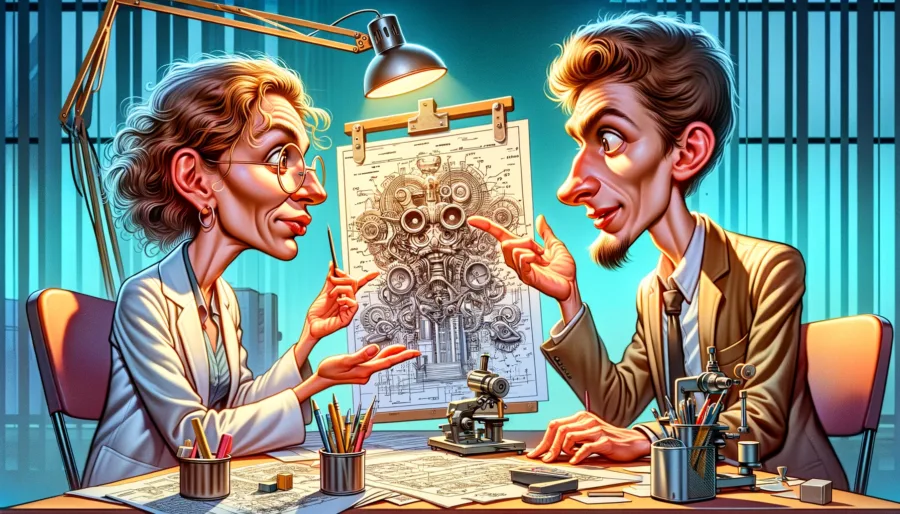
Surely, you know what a patent is. It’s the exclusive right to make, use, and sell an invention, right? Gotcha! It’s not. It’s almost the opposite. I know it sounds crazy, but you will understand after reading this article.
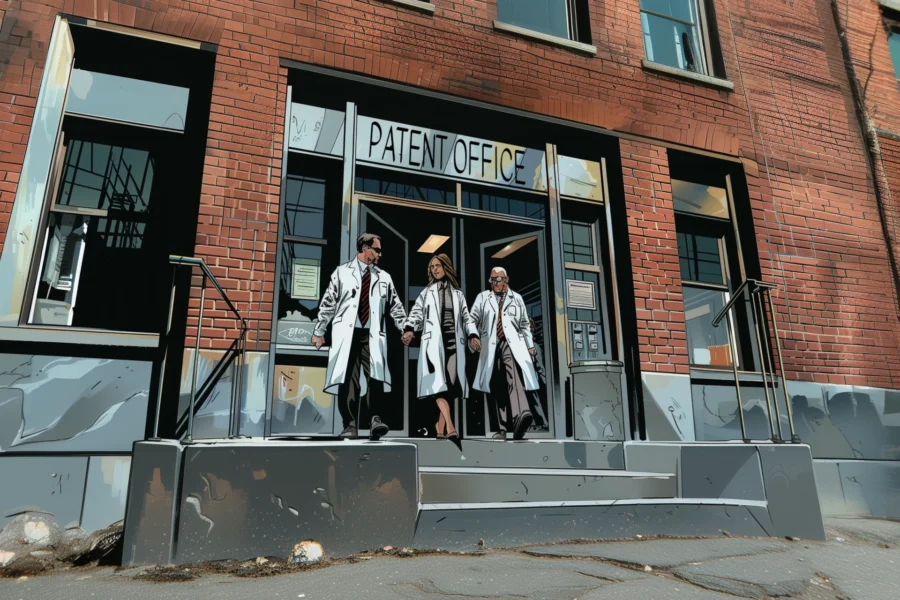
Smolek has received patents for three brand-new innovations that all aim to improve the electrical contact inside PEM electrolyzers, fuel cells, and batteries. This article briefly explains the three innovations in layman’s terms. Hopefully, after reading, you will be as excited as we are about the unique position Smoltek has gained in the clean energy market with these patents.
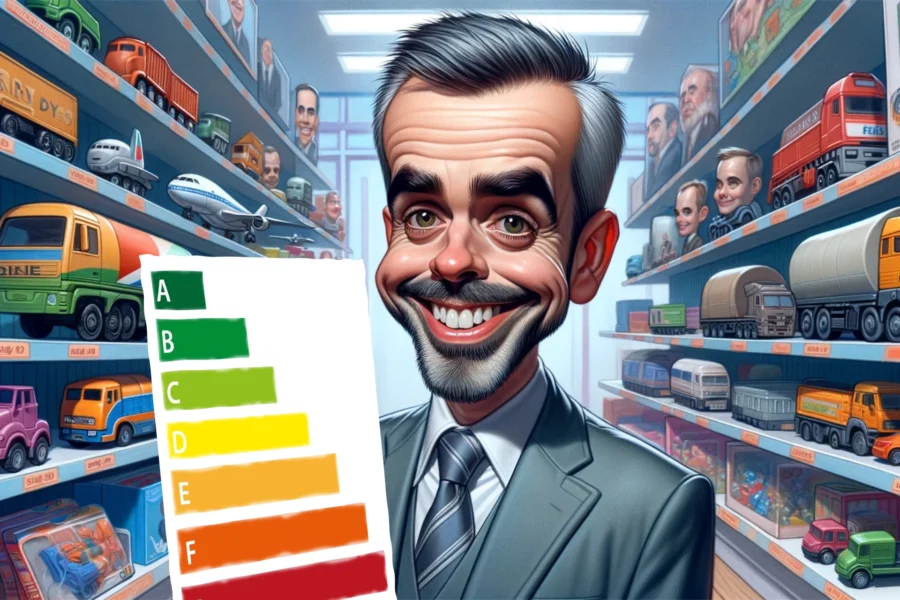
Clean hydrogen is essential to limit global warming to below 2°C. Despite the influx of funding, widespread adoption is difficult due to the limited availability of green electricity. Michael Liebreich suggests prioritizing applications via his Hydrogen Ladder framework. In this blog post we explore its implications.

Clean hydrogen is on the rise. In many areas, it’s one of the few, if not the only, viable solutions to reduce CO2 emissions. The areas of use are many and varied. Providing a complete list is impossible, as new applications are emerging almost daily. To give you a sense of how diverse the market is, this post describes the five key areas of hydrogen applications, first at a glance and then in more detail. The post ends with a selection of applications from the different areas.

Fertilizer production requires large amounts of hydrogen. Today, 95 percent of this hydrogen is produced from fossil fuels, leading to colossal greenhouse gas emissions of CO₂. To save the Earth from more than 2 °C of global warming, politicians are using economic incentives to get the fertilizer industry to switch from fossil hydrogen to clean hydrogen produced by electrolyzers. This makes the fertilizer industry one of the largest markets for electrolyzers. In this blog post, we take a closer look at this little-known market, which, given its size, is more interesting than many of the more well-known ones.

E-fuel is an umbrella term for fossil-free alternatives to gasoline, diesel, and other fossil fuels. These fuels are produced by converting fossil-free hydrogen and capturing carbon dioxide. They can be used in existing engines without increasing the amount of carbon dioxide (CO₂) in the atmosphere. Is this the silver bullet that allows us to drive cars and other vehicles with a clear conscience?

An ‘unfair advantage’ is a unique competitive advantage that others cannot match. Do you know what Smoltek's unfair advantage is? Carbon nanofibers? Think again. Or read this light-hearted column to find out what our real unfair advantage is.
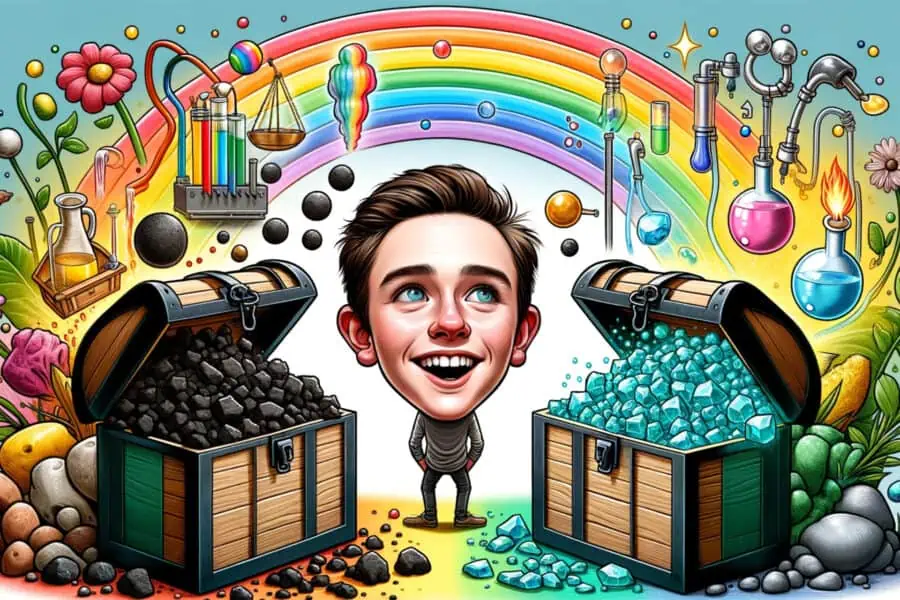
Hydrogen can be produced in many different ways and from different feedstocks. The choice of method and feedstock gives rise to more or less greenhouse gas emissions. In the general discourse on hydrogen and climate change, it is essential to distinguish between different types of hydrogen. As a result, systems have emerged to classify hydrogen, the most commonly known and used being colors. However, the European Commission has introduced one that focuses more on emissions. This tech brief explains the two systems.
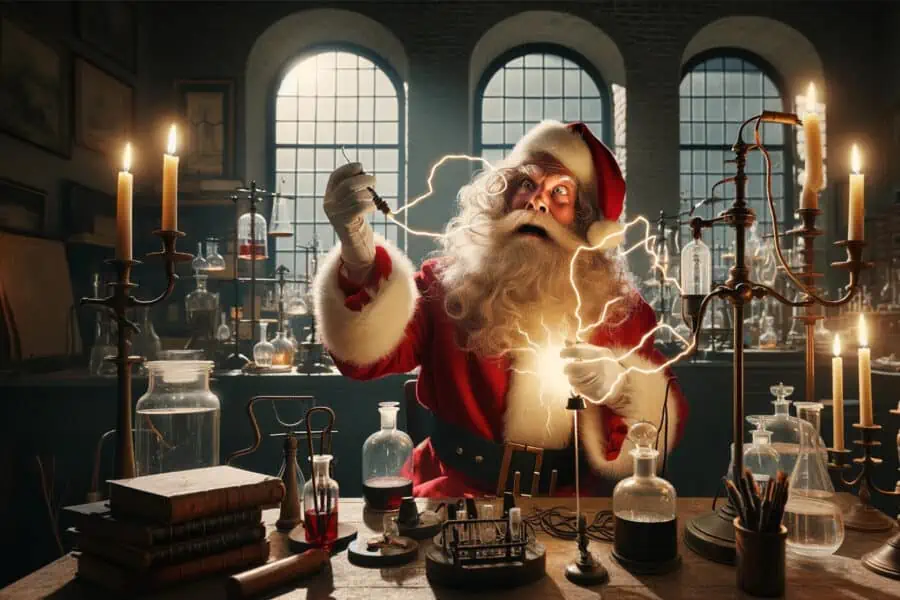
During the festive season, there is time for longreads. We, therefore, want to offer a text that goes beyond what we usually write here on the blog but is not entirely unrelated to what Smoltek does. This is the story of the origin of the capacitor. Happy reading!
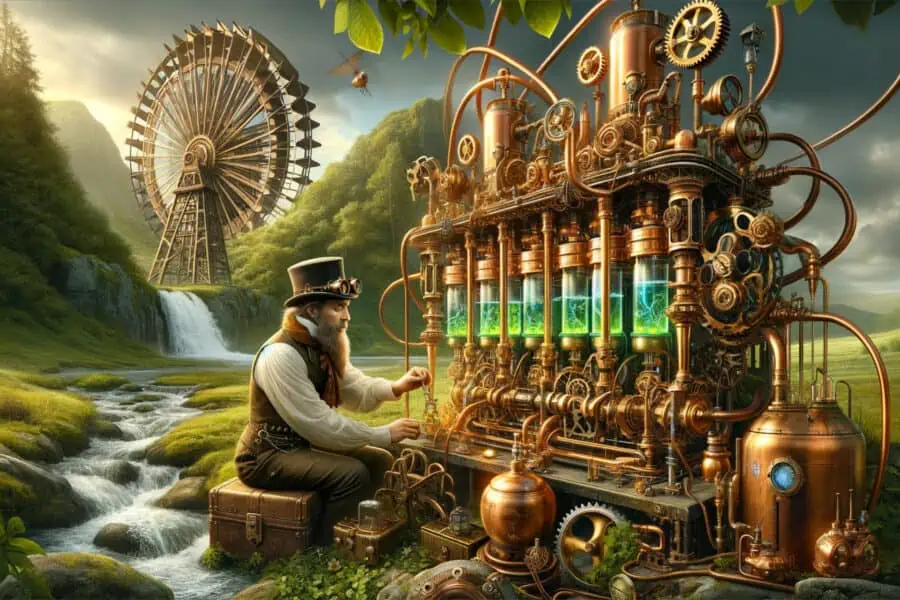
How does Smoltek's hydrogen business division compare with other PEM electrolyzer players? Smoltek Hydrogen’s president, Ellinor Ehrnberg, attended the 244th ECS meeting in Gothenburg and has the answer. In this interview, she also talks about the challenges of the industry and ways to deal with them.

The Swedish Tax Agency has ordered Smoltek to repay two years of research deduction from the employer contribution. The tax agency believes that Smoltek does not conduct sufficiently qualified research and development, which is untrue. This blog post explains the research deduction and why it is so difficult to obtain.
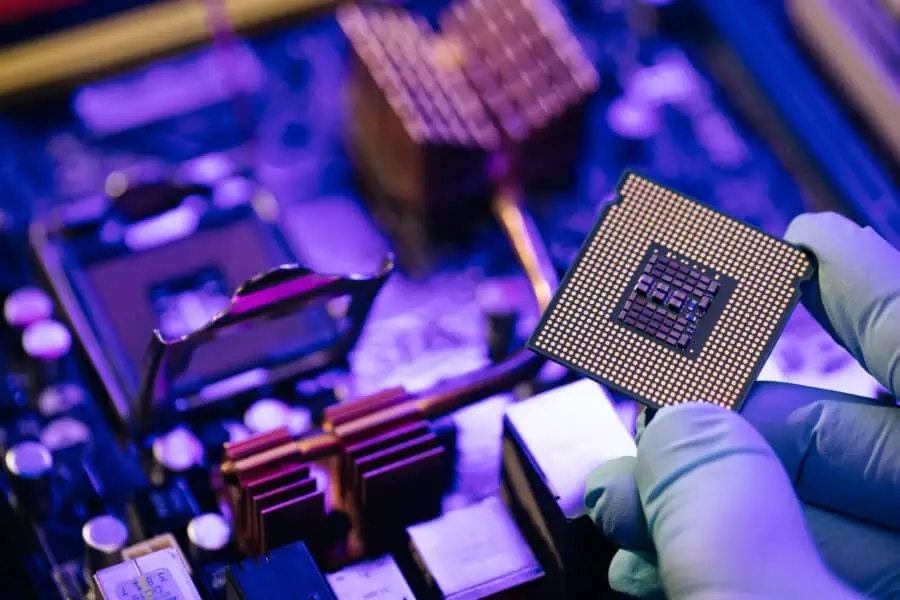
Smoltek’s business division for the semiconductor industry, Smoltek Semi, focuses one hundred percent on capacitors. Why? After all, a capacitor is not a semiconductor. And what is the endgame for this venture? These are questions we address in this blog post.